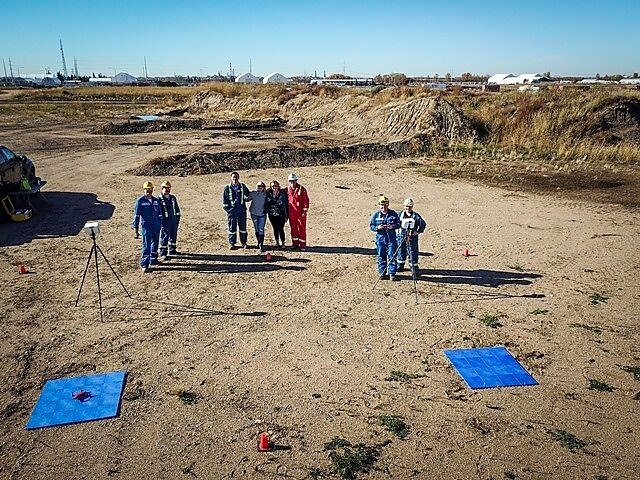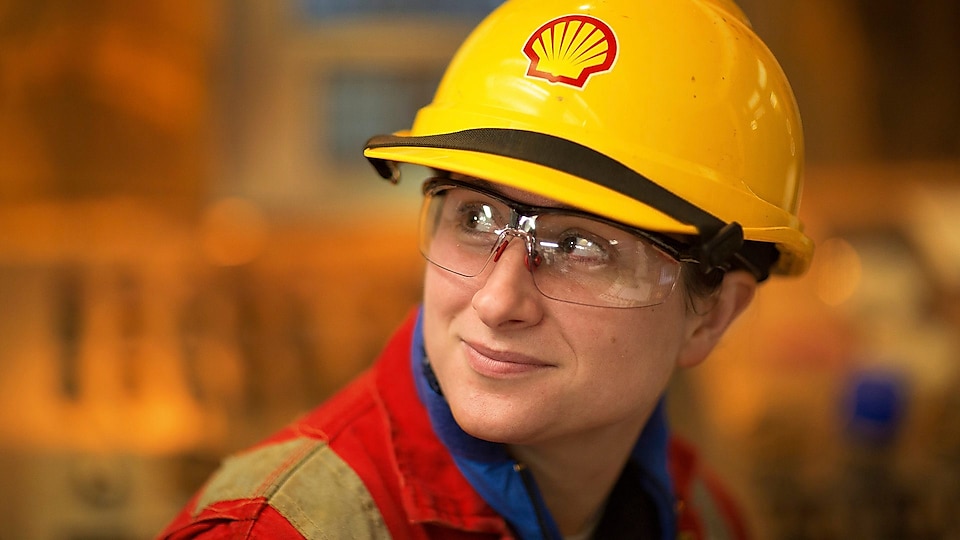Drones take to the skies at Scotford
Dec. 11, 2017
The skies over Scotford are about to become a little busier now that Shell has trained some of its staff to become drone pilots.

The new pilot training program aims to have Scotford staff using unmanned aerial vehicles (UAV) more often in order to unleash the potential of drone technology on our site. Each UAV is equipped with a camera and the pilots can safely fly them to areas of the site where people would have previously been asked to climb.
“We’re leveraging new and existing technologies to be able to develop a new way of working. So, where we used to send people up in a crane or erect scaffolding to go and see conditions of our systems, we can now send up a drone to do that,” said Cindy Jamieson, Digitalization Lead.
“As we use these drones... we will identify new and innovative ways to implement them,” she added.
Back in May, a drone was used to inspect a 300-foot piece of equipment. In the past, you couldn’t inspect this part of the facility until it was shut down. Once staff were up there, equipment could only be inspected for a short period of time and repairs would need to be made quickly. With drone technology, it can be inspected earlier and repairs can be scoped out more accurately. Drone images allow staff to use data to do the job properly the first time and avoid ordering unnecessary parts.
“With drones, we’re able to go up and take pictures of equipment operating live, assess the status, and work with vendors to show them pictures to come up with a condition-based maintenance strategy,” said David Shah, Fired equipment Lead.
Shah added that scaffolding up to high area is no longer needed for inspections reducing the safety hazard a person might encounter installing and using it.
More in Media
News and Media Releases
News and Media Releases - All media releases published by Royal Dutch Shell plc this year, and archived releases from the past six years.
Media Inquiries
If you are a member of the media, we welcome inquiries related to Shell Canada’s corporate activities. Click to access the submission form.

